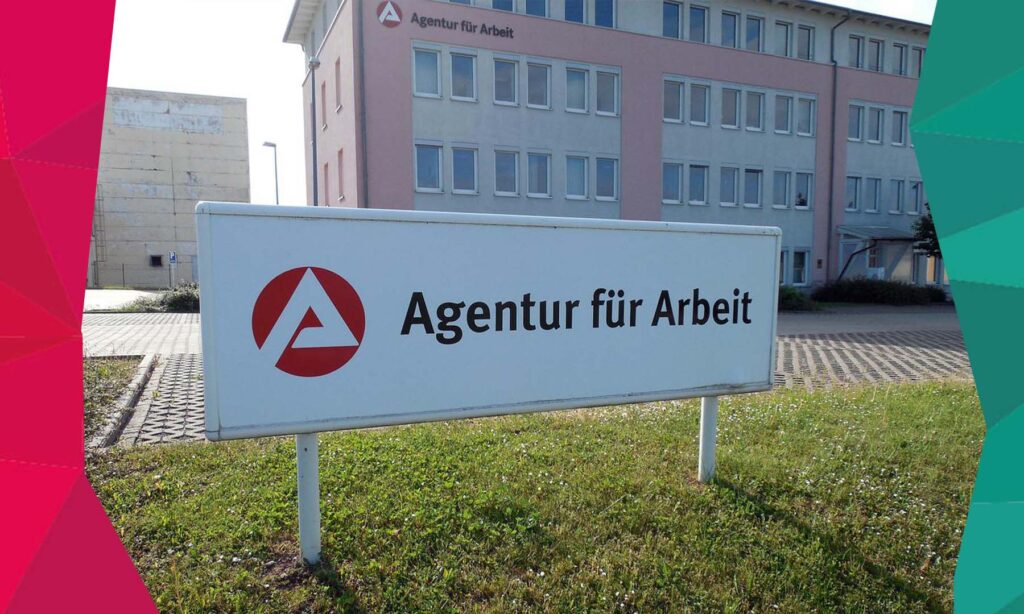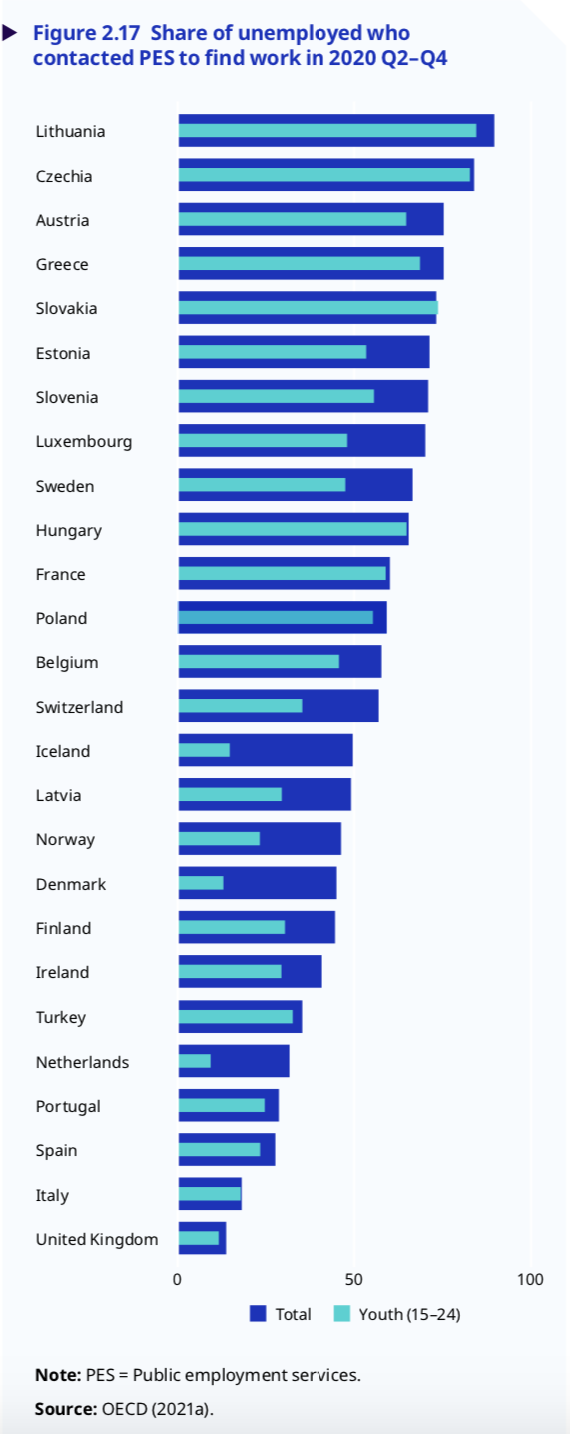
Eurostat estimates that 13.267 million men and women were unemployed in the EU, as lately as February 2022. Compared with January 2022, the number of persons unemployed decreased by 221,000 in the EU and by 181,000 in the euro area. Compared with February 2021, unemployment decreased by 2.568 million in the EU. And while the unemployment trends are moving in a positive direction for the continent, labour markets were already quite unfavourable for youth in much of Europe prior to the pandemic.
The economic disconnect
There was a clear disconnect between high economic growth and employment creation in many countries. Meanwhile, on the supply side, a gap continues to persist between outputs of education and training systems and labour market demand. “These structural challenges were reflected in difficult school-to-work transitions, high youth unemployment, high rates of “youth not in employment, education or training” (NEET), and large gender disparities.”
With the outset of problems already well and truly in place, the pandemic has only enhanced these difficulties. “Delayed labour market entry, or entry into lower-quality jobs than would otherwise have been taken, or prolonged or repeated spells of unemployment or inactivity can have long-term implications for young people’s career paths and earning prospects”, the International Labour Organization (ILO) states in its World Employment and Social Outlook Trends 2022 report.
‘Dutch and British youth rarely reach out to employment services’

The outreach of public employment services (PES) to youth varies significantly across countries.
As large numbers of workers exited the labour force in 2020, a key challenge in the region will be to bring youth into the labour market. And into decent and productive work. The outreach of public employment services (PES) to youth varies significantly across countries. Moreover, it remains far lower than to adults in most of them, as proxied by the share of unemployed who contacted PES to find employment between 2020 Q2 and 2020 Q4.
The research illustrates that youth in the Netherlands is the most reluctant to reach out to its employment services to find work.
While public employment service outreach in the UK is the worst of any European country, the research illustrates that youth in the Netherlands is the most reluctant to reach out to its employment services to find work. Unemployed persons — as well as youth — in countries such as Lithuania, Czech Republic and Austria, meanwhile, clearly rely much more its PES to find work.
Read more:
- Three steps for skills-based hiring: ‘Nearly 1 in 3 skills for a job will no longer be needed in 2022’
- EU unemployment rate better than pre-pandemic: down to 6.4%






